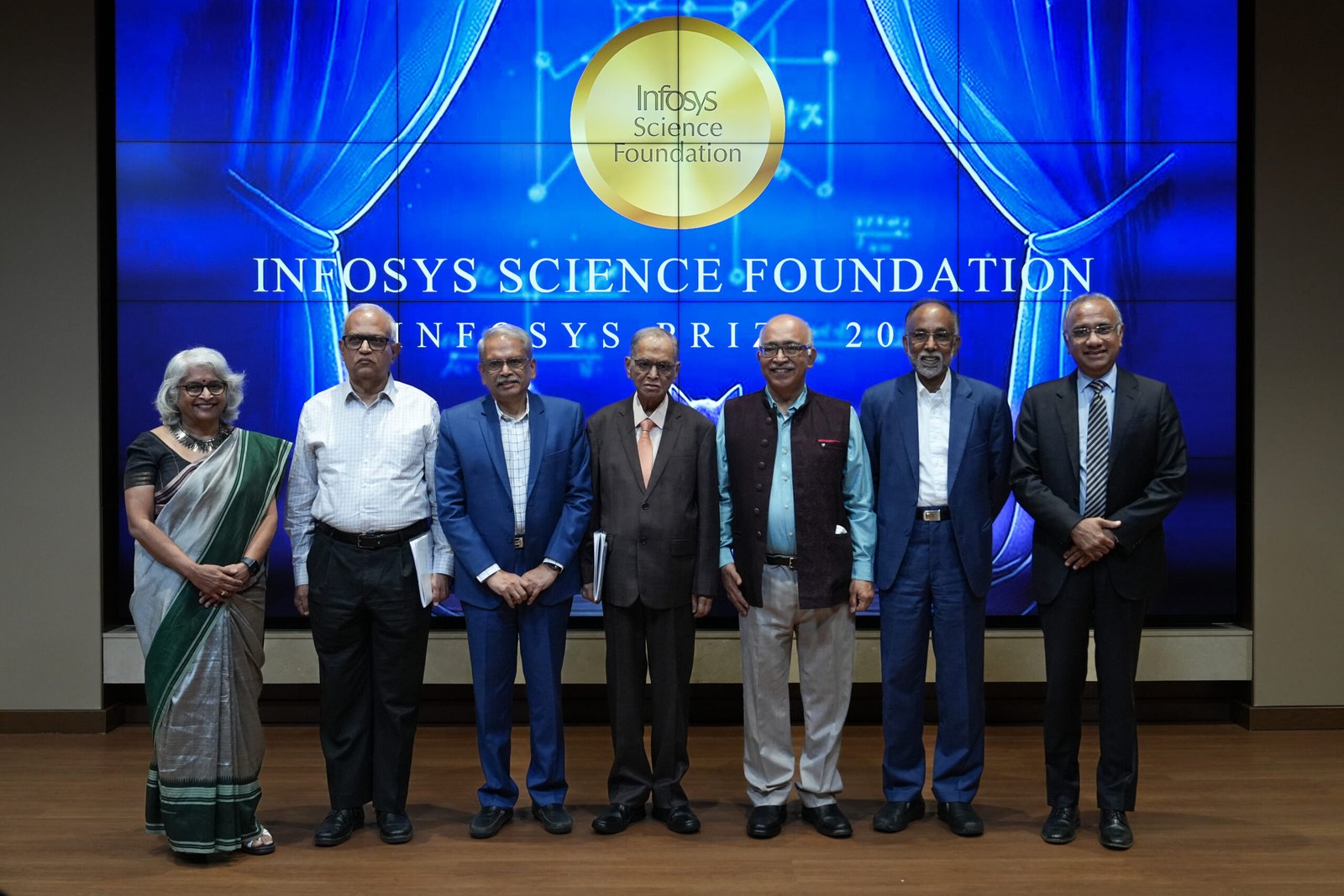Author – Anmol Thakkar
The terms “Machine Learning” and “Deep Learning” are commonly used in discussions about artificial intelligence. While these terms are interrelated, they represent two different concepts. Understanding the differences between them and their practical applications will help to understand better how they affect the modern world. This explanation will be expressed in simple language.
What is Machine Learning?
Machine learning is a form of artificial intelligence in which computers are said to learn from data without being explicitly programmed. This includes, for example, the ability to teach a machine how to identify a pattern or trend in the information given and, upon training, predict or determine something using new data.
For example, if a person has a dataset of sales data regarding a retail store’s history, then it can be made possible to use machine learning to predict further sales by that store. In short, the base idea of this process is that the machine learns by inputting the data it gets and adjusts its strategy upon making errors, and this improves the output over time.
There are three fundamental types of machine learning:
- Supervised Learning: The machine learns by going through a training phase wherein labelled data is used to create outputs for every input. For example, spam e-mail filters use the labelled e-mails to find features that classify content as spam.
- Unsupervised Learning: The machine operates using unlabelled data and works towards finding the patterns or clusters hidden in it. Customer segmentation in the marketing world would be a prime example of this.
- Reinforcement Learning: It learns through interacting with its environment. The machine receives either rewards or penalties based on the actions taken. The technique is commonly used during the training of robots or artificial intelligence systems specifically developed for game-playing.
What is Deep Learning?
Deep Learning is a subcategory of Machine Learning. It uses specialized constructs called artificial neural networks that are designed to function just like the human brain. The networks are comprised of layers of interconnected “neurons,” and “deep” simply refers to the number of layers that are used within the network.
Unlike machine learning, deep learning can handle large datasets and recognize complex patterns. Deep learning also eliminates the need to laboriously select features manually, as these features are learned automatically by the network from the relevant data.
For example, deep learning is the basis for face recognition applications. A person takes a picture on his smartphone. Then, a neural network looks at all the unique characteristics of this person’s face to unlock the smartphone.
Key Differences Between Machine Learning and Deep Learning
Even though Machine Learning and Deep Learning fall into the same category, they differ in the following:
- Complexity:
- The algorithms related to Machine Learning are mostly simple and often require structured data with very carefully chosen feature extraction.
- Deep Learning includes complex neural networks that extract features directly from raw data, without requiring any selection or processing.
- Data Requirements:
- Machine Learning works well with small datasets, and the results are more accurate if the features are well-distinguished.
- Deep Learning demonstrates its best in a scenario where it is used along with large datasets and most efficiently works when an amount of labeled data is adequately available.
- Regarding Computational Power:
- Machine Learning requires less computing power and can work perfectly on personal computers, generally.
- On the contrary, Deep Learning requires strong processing power and often relies on Graphics Processing Units or specialized hardware.
Applications
Machine Learning is used in most applications, such as spam filtering, fraud detection, and recommendation systems.
Deep Learning enables the creation of complex applications, such as autonomous vehicles, language translation with no human intervention, and medical imaging.
Practical Applications of Machine Learning in Real Life
- Health Care:
Machine Learning enables doctors to predict diseases in patients. For example, an analysis of medical history predicts early onset of diabetes or cardiac disorders.
- Finance:
The banking sector uses Machine Learning to detect fraudulent transactions by monitoring unusual spending habits.
- E-commerce:
Amazon and Netflix apply ML to suggest products or movies to a user based on the history of the user.
- Transport:
Uber and Lyft use ML in predicting demand, fare computation, and route optimization.
Applications of Deep Learning in Real World
- Autonomous Vehicles
Self-driving cars utilize Deep Learning algorithms to make real-time decisions, while simultaneously detecting objects such as pedestrians, traffic signs, and other vehicles during road navigation.
- Healthcare:
Deep learning models used for medical imaging enable the detection of diseases from cancer to an array of others, using X-rays, MRIs, and CT scans very accurately.
- Natural Language Processing:
Deep learning methodologies used in Google Translate help in producing translations of truly remarkable accuracy and, sometimes, even understanding the meaning of the sentences being translated. This is the space where deep learning algorithms will enable functionalities like facial recognition on social media and the running of voice assistants like Siri or Alexa.
Conclusion
The choice between Machine Learning and Deep Learning is problem dependent. In scenarios where the amount of data is very small and the processing power is much smaller, then Machine Learning is the usual choice. On the other hand, if the problems are complex and the processing capacity and size of data needed are more significant, Deep Learning is usually the method considered to solve the problem most effectively.
Machine Learning and Deep Learning are fundamentally transforming the way people interact with technology. From saving lives in medical practice to making our daily work easier, the impact is undeniable. However, while the approach of Machine Learning focuses on simpler algorithms and limited data, Deep Learning takes it to the next level by using neural networks that can handle even the most complex tasks. The understanding of these technologies and their applications clarifies solely the complexities related to artificial intelligence, while also showcasing the limitless possibilities for novel innovation.











